
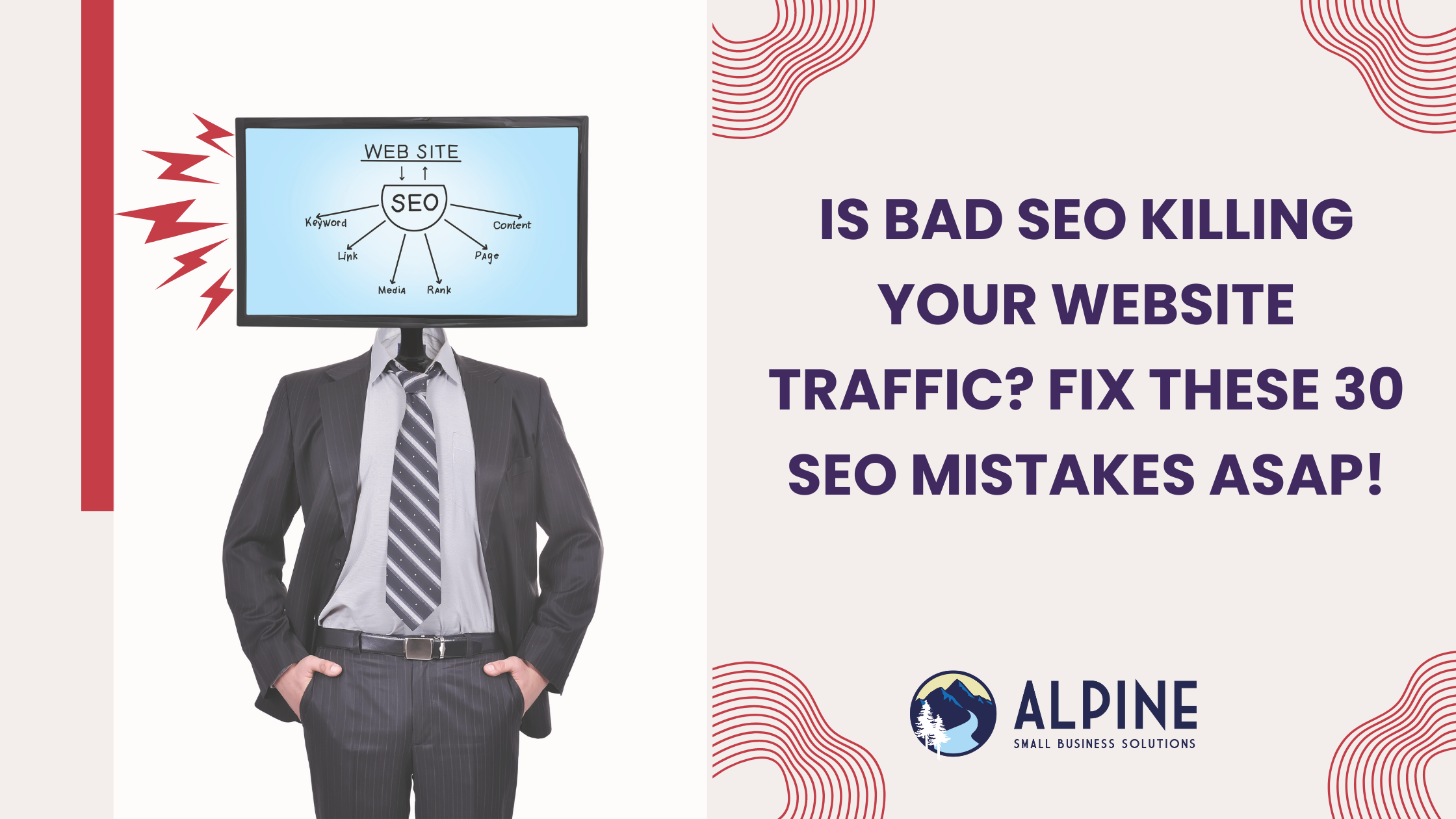
Discover the top 30 SEO mistakes killing your website traffic. Learn how to fix these errors with actionable tips to boost your rankings. Optimize your site and attract more leads today!
Posted July 15th, 2024 by Jessica Granish
Key Takeaways in this Article:
Understanding SEO Fundamentals: Recognize the importance of SEO in improving website visibility and attracting customers.Avoiding Common SEO Mistakes: Be aware of detrimental SEO errors, such as neglecting mobile optimization, keyword stuffing, and ignoring user experience.Optimizing Content: Prioritize high-quality, relevant content creation and regular maintenance to engage users and enhance search rankings.Technical Optimization: Address technical issues like site speed, crawlability, and broken links to ensure optimal website performance.Local and Social Integration: Optimize for local search and integrate social media to amplify content reach and improve search engine authority.Continuous Improvement and Patience: Embrace a mindset of ongoing monitoring, adaptation, and patience to navigate the evolving landscape of SEO effectively.
Are you struggling to achieve the desired results from your SEO efforts? Do you feel like your website is not getting the attention it deserves?
You’re not alone. Many service-based businesses and online entrepreneurs face similar challenges when it comes to optimizing their websites for search engines, often falling into common SEO mistakes that can severely impact their website traffic.
In this comprehensive guide, we’ll unveil these pitfalls and equip you with the knowledge to sidestep them, propelling your website to the top of search results.
Understanding SEO:
Search Engine Optimization (SEO) is the art and science of improving your website’s visibility in search engine results pages (SERPs).
The higher you rank for relevant keywords, the more likely potential customers will discover your business. However, SEO mistakes can sabotage your efforts, making it harder to achieve your goals.
The Cost of Common SEO Mistakes:
SEO mistakes are costly. A recent survey by Moz revealed that 64% of marketers struggle to get their content to rank on the first page of search results. This translates to missed opportunities, stagnant growth, and ultimately, lost revenue.
Here are 30 SEO Mistakes and what you can do to avoid them:
1. Neglecting On-Page Optimization
Is your website suffering from neglect in the on-page optimization department?
Don’t fret; it’s not too late to turn things around. Start by conducting a thorough audit of your website’s on-page elements, including title tags, meta descriptions, and heading tags.
Ensure that each page is optimized for relevant keywords and provides valuable content to users.
Actionable Tip: Utilize tools like Yoast SEO or SEMrush to analyze and optimize your on-page elements effectively to avoid common SEO mistakes.
2. Ignoring Mobile Optimization
Is your website mobile-friendly? In today’s mobile-first world, ignoring mobile optimization can be one of the most detrimental SEO mistakes you can make. Take the time to ensure that your website is responsive and provides a seamless user experience across all devices.
Actionable Tip: Use Google’s Mobile-Friendly Test tool to check if your website meets mobile optimization standards and make necessary improvements.
3. Overlooking Quality Content
Are you prioritizing quantity over quality when it comes to content creation? This is a common SEO mistake. It’s time to shift your focus. Invest in creating high-quality, relevant content that addresses the needs and interests of your target audience.
Actionable Tip: Conduct keyword research using tools like Ahrefs or Moz to identify topics of interest to your audience, and create content that provides valuable insights and solutions.

4. Neglecting Technical SEO
Is your website plagued by technical SEO issues? Don’t let these SEO mistakes go unaddressed. Take the time to audit your website for technical issues such as site speed, crawlability, and broken links.
Actionable Tip: Use Google Search Console to identify and fix technical issues on your website, and regularly monitor your site’s performance using tools like Google PageSpeed Insights.
5. Neglecting Local SEO
Are you overlooking the power of local SEO? Don’t miss out on potential customers in your area by making this common SEO mistake. Optimize your website for local search by creating and optimizing Google My Business listings, obtaining local citations, and earning positive reviews from satisfied customers.
Actionable Tip: Use Moz Local or BrightLocal to manage and track your local SEO efforts effectively.
6. Failing to Monitor and Adapt
Are you failing to keep up with the ever-changing landscape of SEO? It’s time to make monitoring and adaptation a priority to avoid SEO mistakes that could hold your website back. Stay informed about industry trends and algorithm updates, and be prepared to adjust your SEO strategy accordingly.
Actionable Tip: Subscribe to industry-leading SEO blogs and publications, attend SEO conferences and workshops, and utilize SEO tracking tools like SEMrush or Ahrefs to stay ahead of the curve.
7. Keyword Stuffing
Are you stuffing your content with keywords in an attempt to boost your search engine rankings? This outdated tactic is one of the most common SEO mistakes and can harm your website’s credibility and user experience. Instead, focus on naturally incorporating keywords into your content in a way that enhances readability and provides value to your audience.
Actionable Tip: Use keyword variations and synonyms to create diverse and engaging content that resonates with both search engines and users.
8. Neglecting Image Optimization
Are you overlooking the potential of image optimization for SEO? Images play a crucial role in enhancing user experience and can also contribute to your website’s search engine rankings. Ensure that your images are properly optimized to avoid SEO mistakes like neglecting descriptive file names, alt tags, and compressed file sizes.
Actionable Tip: Use tools like Adobe Photoshop or online image compressors to reduce image file sizes without sacrificing quality, and incorporate relevant keywords into your image file names and alt tags.
9. Neglecting Image Optimization
Are you neglecting internal linking within your website? This SEO mistake can reduce your site’s overall performance. Internal links not only help users navigate your site more easily but also distribute link equity throughout your website, improving the visibility of your content in search engine results.
Actionable Tip: Incorporate relevant internal links within your content to guide users to related topics and pages on your website, and use descriptive anchor text that includes relevant keywords.
10. Neglecting User Experience (UX) and CRM Integration:
Is your website providing a seamless and intuitive user experience?
Poorly designed websites with confusing navigation, slow load times, and lack of personalized customer interactions can lead to high bounce rates and lower search engine rankings.
A quality CRM can help you better understand customer behavior, manage interactions, and tailor content to meet their needs, which enhances the overall user experience. Prioritize user experience by optimizing site speed, improving navigation, integrating a CRM to personalize interactions, and ensuring mobile responsiveness.
Actionable Tip: Implement a CRM system like HighLevel to track user interactions, analyze customer data, and personalize your website’s content and user experience based on this data.
11. Ignoring Social Media Signals
Are you disregarding the influence of social media on SEO? Social signals such as likes, shares, and comments can indirectly impact your website’s search engine rankings by increasing brand visibility and driving traffic. Don’t make the SEO mistake of neglecting social media. Engage with your audience on social media platforms to amplify your content and improve your website’s authority.
Actionable Tip: Develop a comprehensive social media strategy that includes regular posting, engagement with followers, and sharing of high-quality content to boost social signals and enhance your website’s SEO performance.

12. Neglecting Local Citations and Reviews
Are you neglecting the importance of local citations and reviews for local SEO? Consistent and accurate business information across online directories and review platforms can improve your website’s visibility in local search results and build trust with potential customers.
Actionable Tip: Claim and optimize your business listings on popular review platforms such as Google My Business, Yelp, and TripAdvisor, and encourage satisfied customers to leave positive reviews to enhance your online reputation and local SEO efforts.
13. Neglecting Schema Markup
Are you overlooking the potential of schema markup to enhance your website’s visibility in search results? This SEO mistake can result in missed opportunities for rich snippets, which can improve click-through rates and overall search visibility.
Actionable Tip: Use Google’s Structured Data Markup Helper to generate schema markup for your website’s content, and incorporate relevant schema markup types such as articles, products, and events to provide search engines with valuable context about your content.
14. Overlooking Long-Tail Keywords
Are you focusing solely on broad, high-volume keywords in your SEO strategy? This common SEO mistake can lead to missed opportunities. Long-tail keywords, which are longer and more specific search queries, often have lower competition and higher conversion rates. By targeting long-tail keywords related to your niche, you can attract highly relevant traffic and improve your website’s search rankings.
Actionable Tip: Use keyword research tools like SEMrush or Keyword Planner to identify long-tail keywords with moderate search volume and low competition, and create targeted content around these keywords to attract qualified traffic to your website.
15. Neglecting Content Updates and Maintenance
Are you publishing new content but neglecting to update and maintain existing content on your website? Content decay over time can negatively impact your website’s search rankings and user experience. Avoid this SEO mistake by regularly auditing and updating your existing content to ensure it remains accurate, relevant, and valuable to your audience.
Actionable Tip: Create a content maintenance schedule to regularly review and update existing content on your website, and incorporate new information, statistics, and insights to keep it fresh and engaging for your audience.
16. Ignoring Link Quality
Are you solely focused on building a high volume of backlinks without considering their quality? Low-quality backlinks from spammy or irrelevant websites can harm your website’s credibility and authority in the eyes of search engines. Prioritize building high-quality backlinks from reputable and relevant websites to avoid this SEO mistake.
Actionable Tip: Use backlink analysis tools like Ahrefs or Moz to identify and disavow low-quality backlinks pointing to your website, and focus on building relationships with authoritative websites in your industry to earn high-quality backlinks naturally.
17. Forgetting About Localized Keywords
Are you neglecting the importance of localized keywords for businesses targeting specific geographic locations? This SEO mistake can prevent your site from ranking higher in local search results and attracting customers in your target area.
Actionable Tip: Incorporate localized keywords strategically into your website’s content, meta tags, and headings to optimize it for local search, and create location-specific landing pages to target customers in different geographic areas effectively.
18. Lack of HTTPS Encryption
Are you neglecting website security by not using HTTPS encryption? Websites without HTTPS may be penalized in search rankings, and users may be wary of sharing personal information on insecure sites. Migrate your website to HTTPS to ensure data security and avoid this SEO mistake.
Actionable Tip: Obtain an SSL certificate from a trusted certificate authority and install it on your web server to enable HTTPS encryption for your website.
19. Overlooking Video Optimization
Are you ignoring the power of video content for SEO? Video content is increasingly popular among users and can improve engagement metrics on your website. Avoid this SEO mistake by optimizing your videos with relevant titles, descriptions, and tags to enhance their visibility in search results.
Actionable Tip: Host your videos on platforms like YouTube or Vimeo and optimize them with descriptive titles, detailed descriptions, and relevant tags to improve their search visibility.
20. Neglecting User Engagement Signals
Are you disregarding user engagement signals as part of your SEO strategy? Metrics like bounce rate, time on site, and click-through rate provide valuable insights into how users interact with your website. Avoid this SEO mistake by improving user engagement through creating high-quality content and optimizing your website for a positive user experience.
Actionable Tip: Monitor user engagement metrics in Google Analytics and identify areas for improvement on your website, such as optimizing page load times, improving navigation, and creating compelling calls-to-action.
21. Ignoring Social Media Integration
Are you overlooking the impact of social media on your SEO efforts? Social media signals, such as likes, shares, and comments, can indirectly influence your website’s search engine rankings. Avoid this SEO mistake by integrating social media into your overall digital marketing strategy to amplify your content and increase its reach.
Actionable Tip: Promote your content on social media platforms and encourage social sharing by adding social sharing buttons to your website and blog posts.
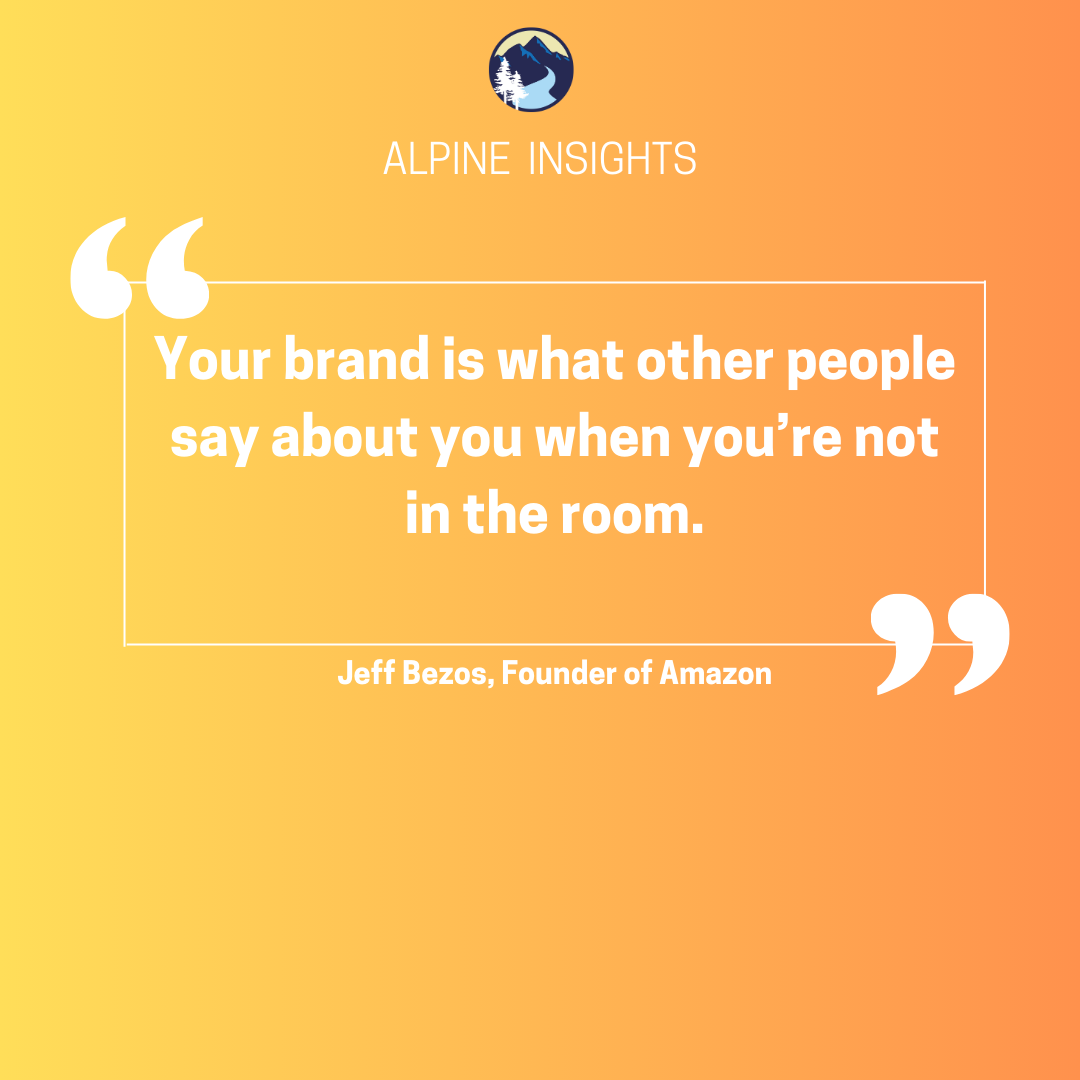
22. Failing to Optimize for Voice Search
Are you ignoring the rise of voice search as a popular way for users to find information online? Voice search queries are often longer and more conversational than traditional text-based searches. Avoid this SEO mistake by optimizing your website’s content for voice search by creating FAQ pages, using natural language, and targeting long-tail keywords.
Actionable Tip: Research common voice search queries related to your industry and incorporate natural language phrases and long-tail keywords into your website’s content.
23. Skipping Local Business Directories
Are you missing out on opportunities to improve your local SEO by neglecting local business directories? Listings in local directories like Yelp, Google My Business, and Bing Places can improve your website’s visibility in local search results and attract customers in your area.
Actionable Tip: Claim and optimize your business listings on popular local directories and ensure that your business information is accurate and up-to-date.
24. Neglecting Website Accessibility
Are you overlooking the importance of website accessibility for SEO? Websites that are accessible to users with disabilities not only provide a better user experience but may also receive a ranking boost in search results. Avoid this SEO mistake by improving website accessibility by following WCAG guidelines and ensuring that your website is navigable and usable for all users.
Actionable Tip: Use accessibility tools and plugins to evaluate and improve your website’s accessibility, and prioritize features like alt text for images, descriptive headings, and keyboard navigation.
25. Not Utilizing Structured Data
Are you missing out on opportunities to enhance your website’s appearance in search results with structured data markup? Structured data markup provides search engines with additional context about your content, enabling rich snippets and enhanced search results. Implement structured data markup for your website to avoid this SEO mistake and improve visibility and click-through rates.
Actionable Tip: Use Schema.org markup to add structured data to your website’s content, such as product reviews, recipes, events, and FAQs, and test the markup with Google’s Structured Data Testing Tool to ensure accuracy and validity.
26. Lack of Localized Content
Are you neglecting to create content tailored to specific geographic locations? Localized content can help you target audiences in different regions and improve your website’s visibility in local search results. Avoid this SEO mistake by creating location-specific landing pages, blog posts, and resources to attract local customers.
Actionable Tip: Conduct keyword research for local terms and create content that addresses the unique needs and interests of audiences in different geographic areas.
28. Lack of Content Promotion and Email Marketing:
Are you failing to promote your content effectively after publishing it? Simply creating great content isn’t enough; you need to actively promote it to reach your target audience and attract backlinks. Email marketing is a powerful tool that can help distribute your content directly to your subscribers, driving traffic back to your website and boosting engagement. Additionally, share your content on social media, reach out to influencers and industry experts, and participate in online communities and forums to increase visibility and engagement.
Actionable Tip: Use email marketing platforms like HighLevel or ActiveCampaign to create targeted email campaigns that promote your latest content, offers, and updates. Ensure your emails include clear calls-to-action that drive readers back to your website.
29. Ignoring Website Analytics
Are you neglecting to monitor and analyze your website’s performance using analytics tools? Website analytics provide valuable insights into user behavior, traffic sources, and conversion rates, enabling you to make data-driven decisions and optimize your website for better results. Regularly review key metrics like traffic, bounce rate, conversion rate, and user engagement to identify areas for improvement.
Actionable Tip: Set up Google Analytics or another analytics tool for your website and regularly review reports to track performance and identify opportunities for optimization.
30. Lack of Patience and Persistence
Are you expecting instant results from your SEO efforts? This is one of the most critical SEO mistakes you can make. SEO is a long-term strategy that requires patience, persistence, and continuous effort. It takes time to see significant improvements in search rankings, traffic, and conversions. Stay committed to your SEO efforts, continue implementing best practices, and monitor results over time to achieve long-term success.
Actionable Tip: Set realistic goals and expectations for your SEO efforts, track progress regularly, and celebrate small victories along the way to maintain motivation and momentum.
In Conclusion
By avoiding these common SEO mistakes and implementing the strategies outlined above, you’ll be well on your way to boosting your website’s visibility and attracting a steady stream of qualified leads.
SEO can be a complex and ever-changing landscape. If you’re feeling overwhelmed by these SEO mistakes, don’t hesitate to schedule a call with our SEO experts. We can help you craft a personalized SEO strategy tailored to your specific business goals and ensure your website conquers the search engine battlefield.
Book a Call Nowonly a few spots left
Comments

Jessica Granish
The Wizard Behind The Curtain, Tech And Marketing Integrator
Meet Jessica Granish, a heart-centered trailblazer in the dynamic intersection of tech, marketing, and systems integration.
Read more…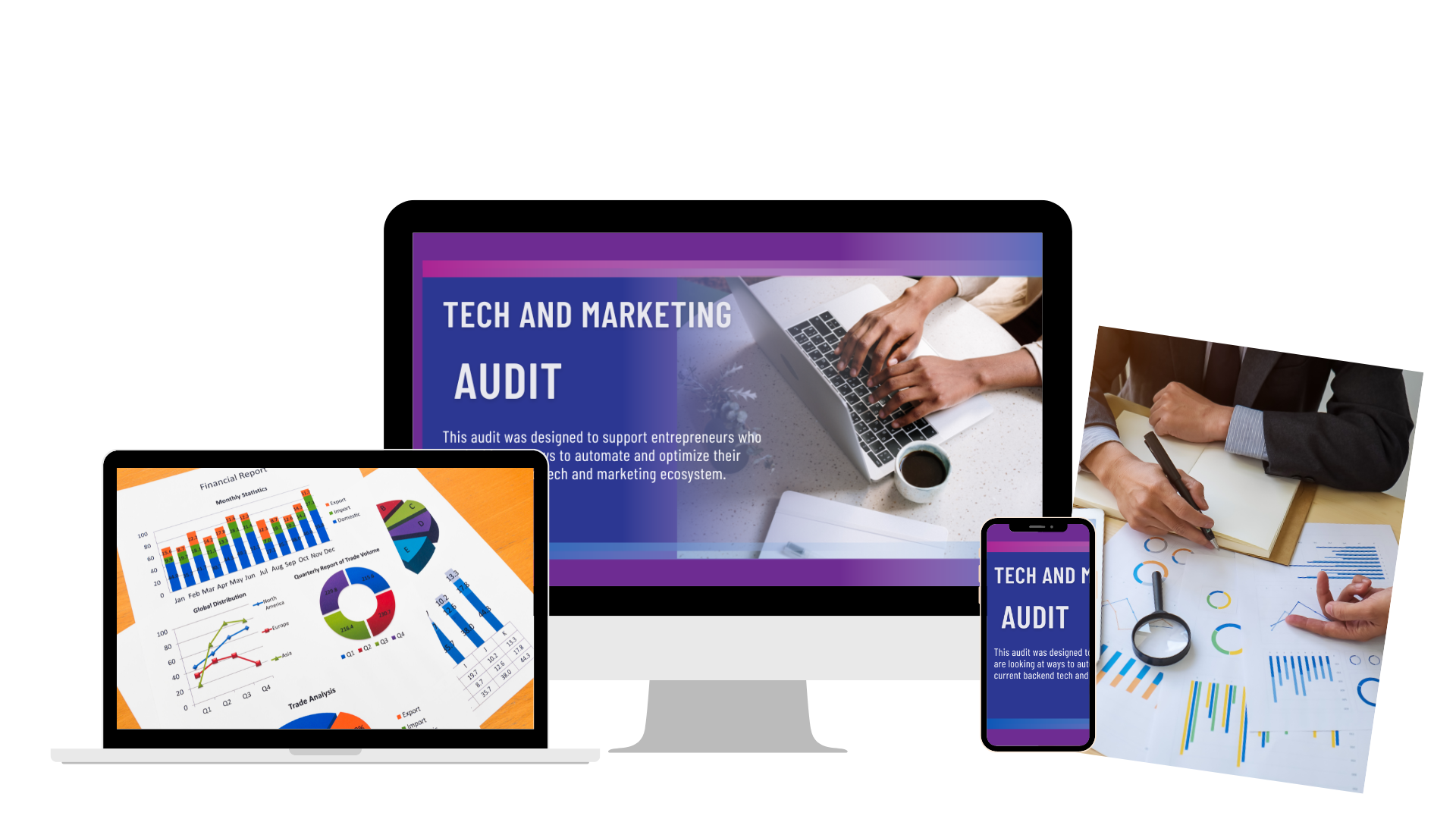
Free Tech and Marketing Audit Session
How to Maximize Your Online Visibility with our Tech and Marketing 20 Min Rapid Audit.
book Now…
Free Tech and Marketing Audit Session
How to Maximize Your Online Visibility with our Tech and Marketing 20 Min Rapid Audit.
After our Tech and Marketing 20-Min Rapid Audit, you’ll walk away with immediate insights and actionable recommendations tailored to enhance your online visibility. Discover quick wins and discover the potential for rapid growth in just a brief session!
Learn more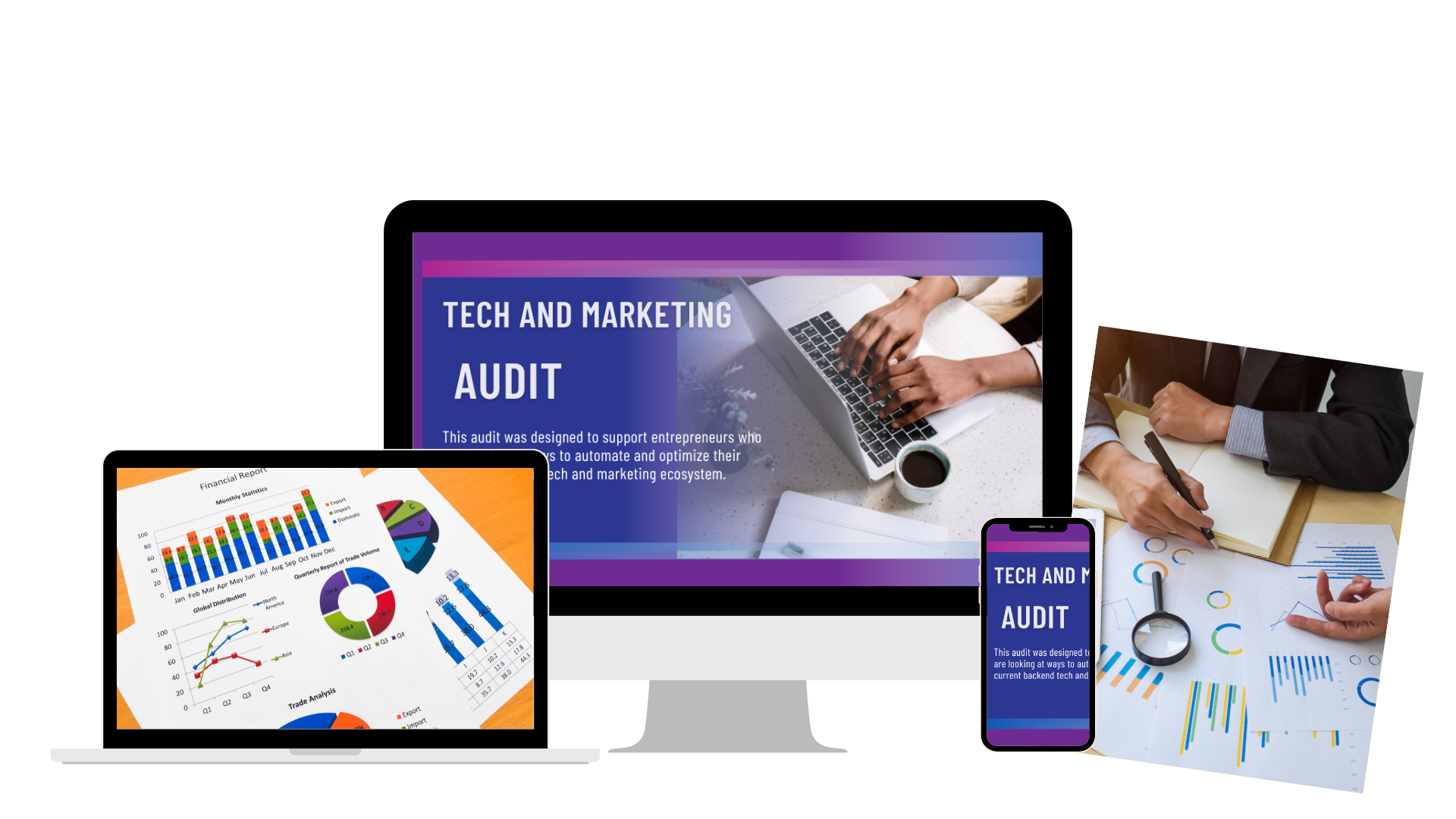
Keep Reading…

© Copyright Alpine Small Business Solutions, LLC. All Rights Reserved

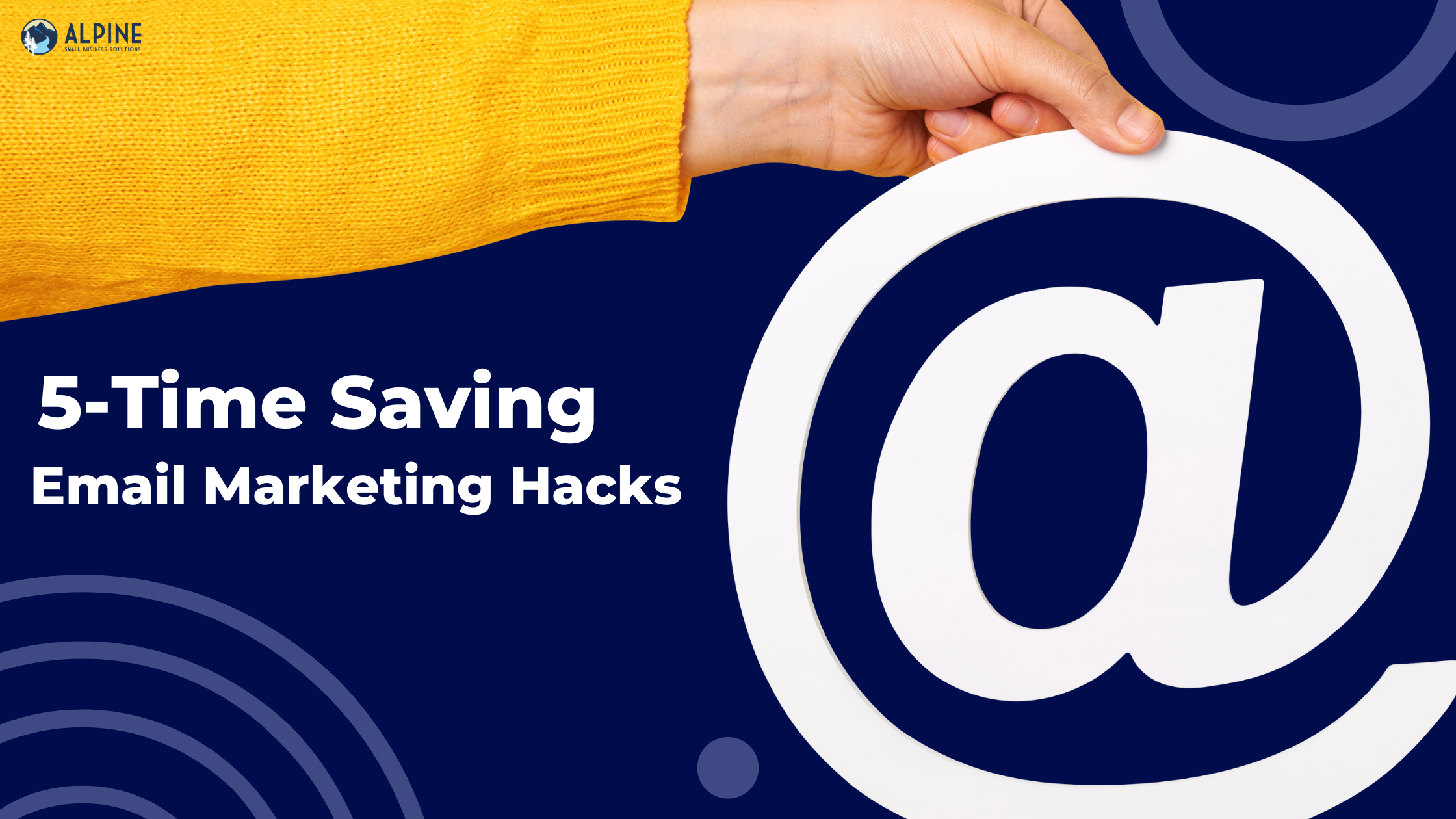
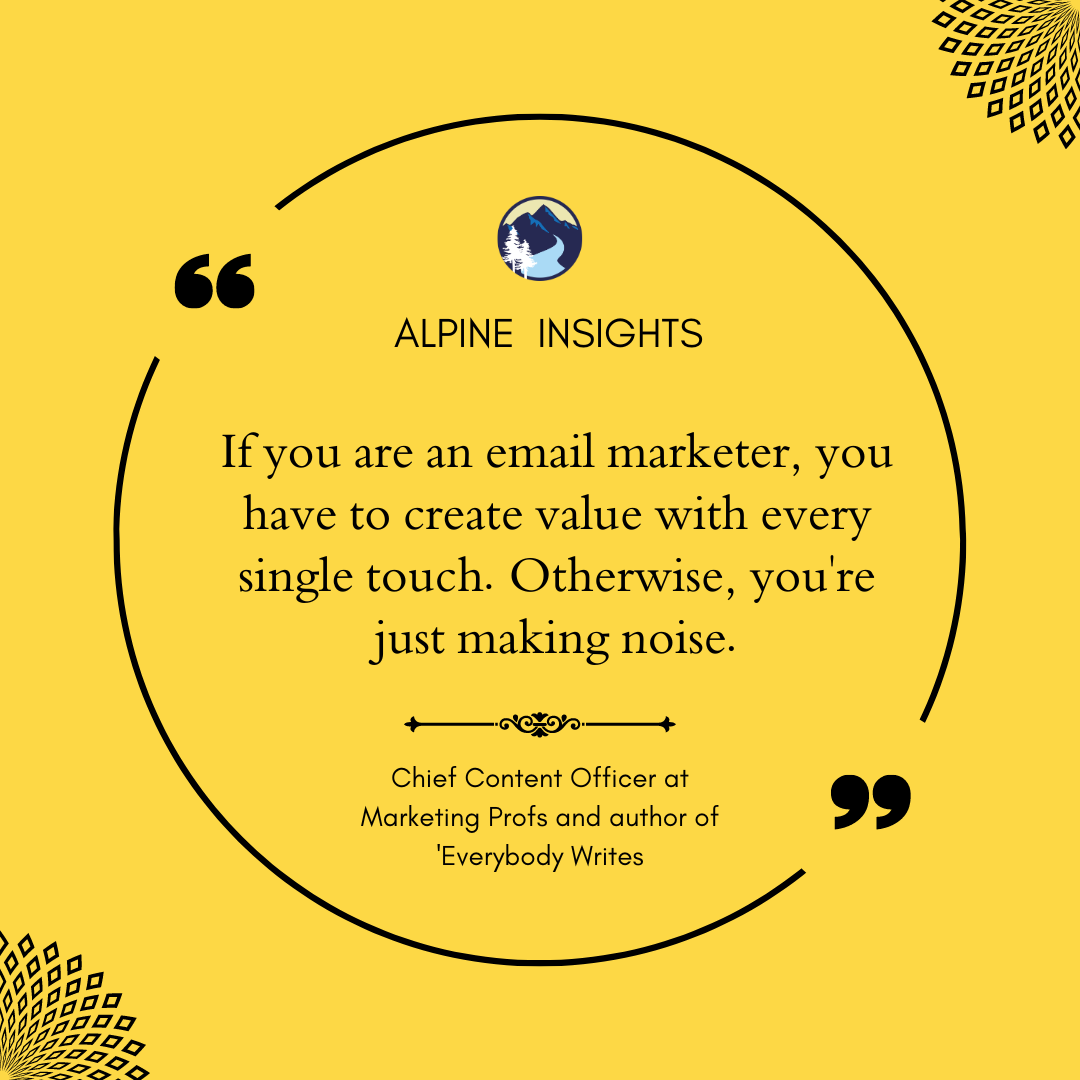
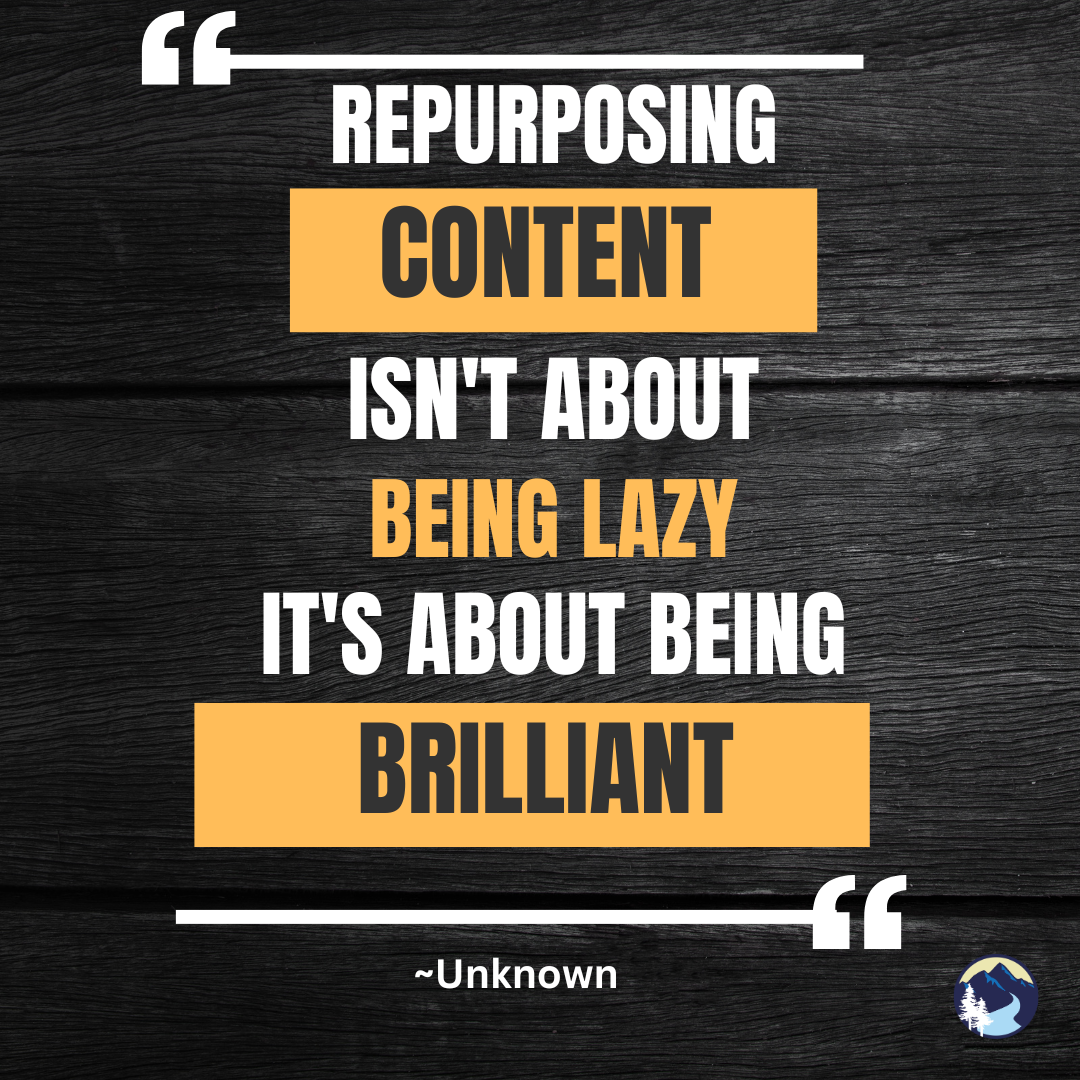




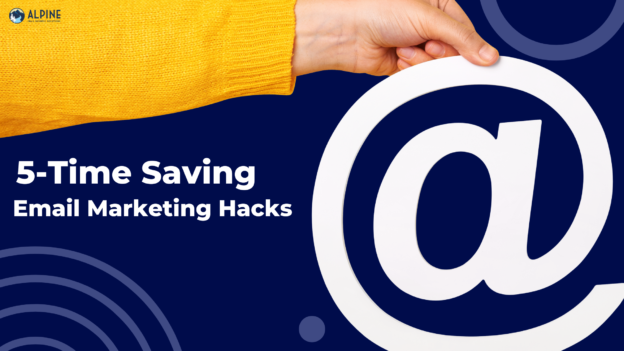


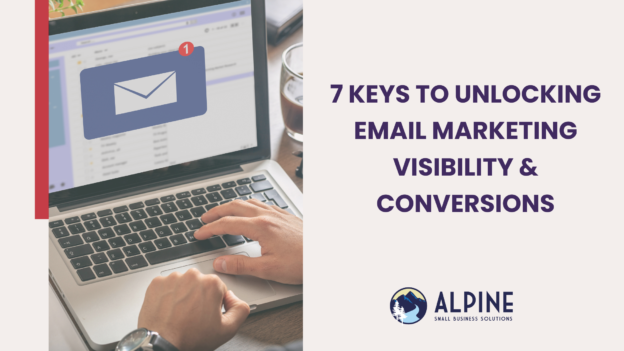
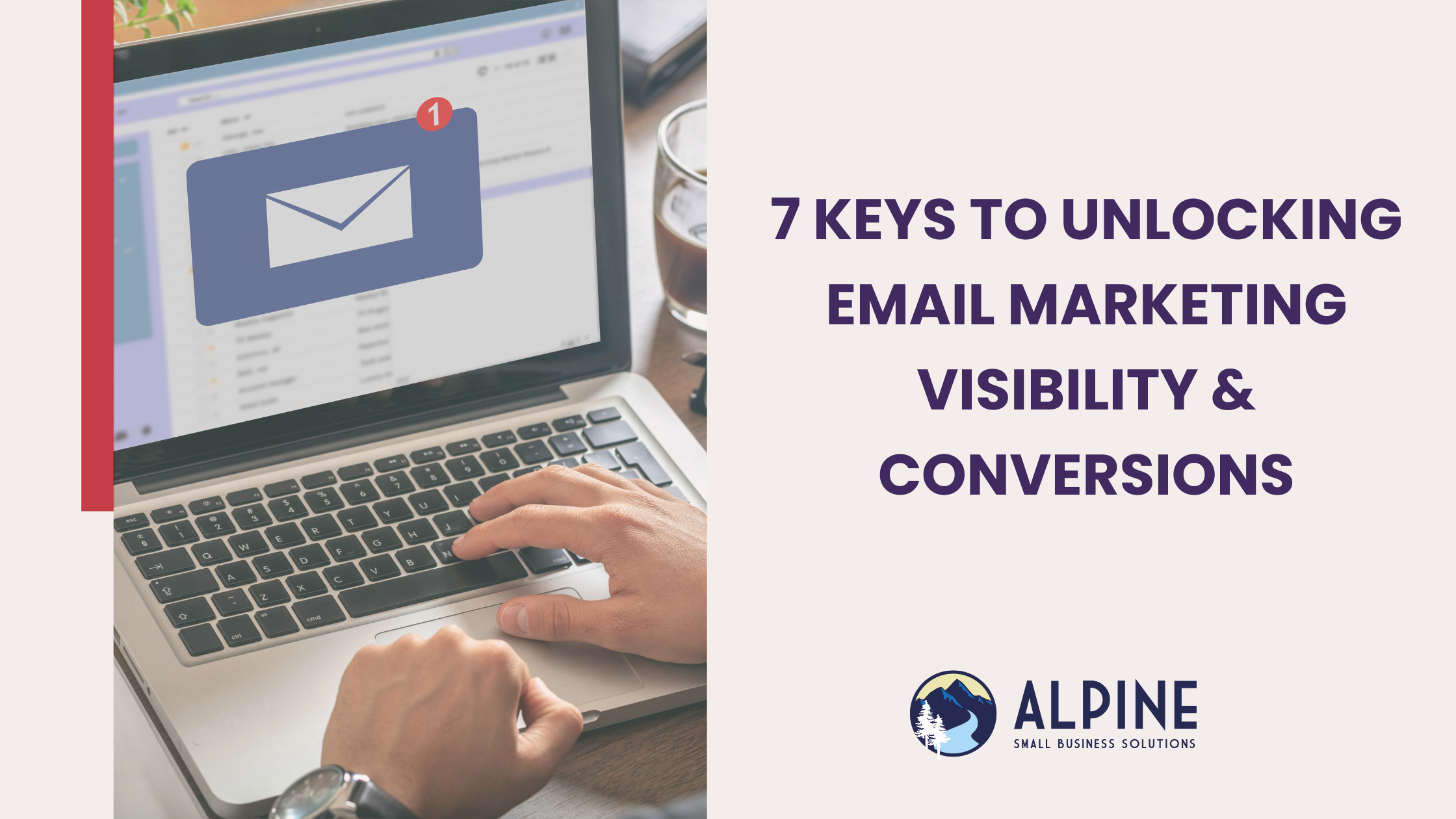
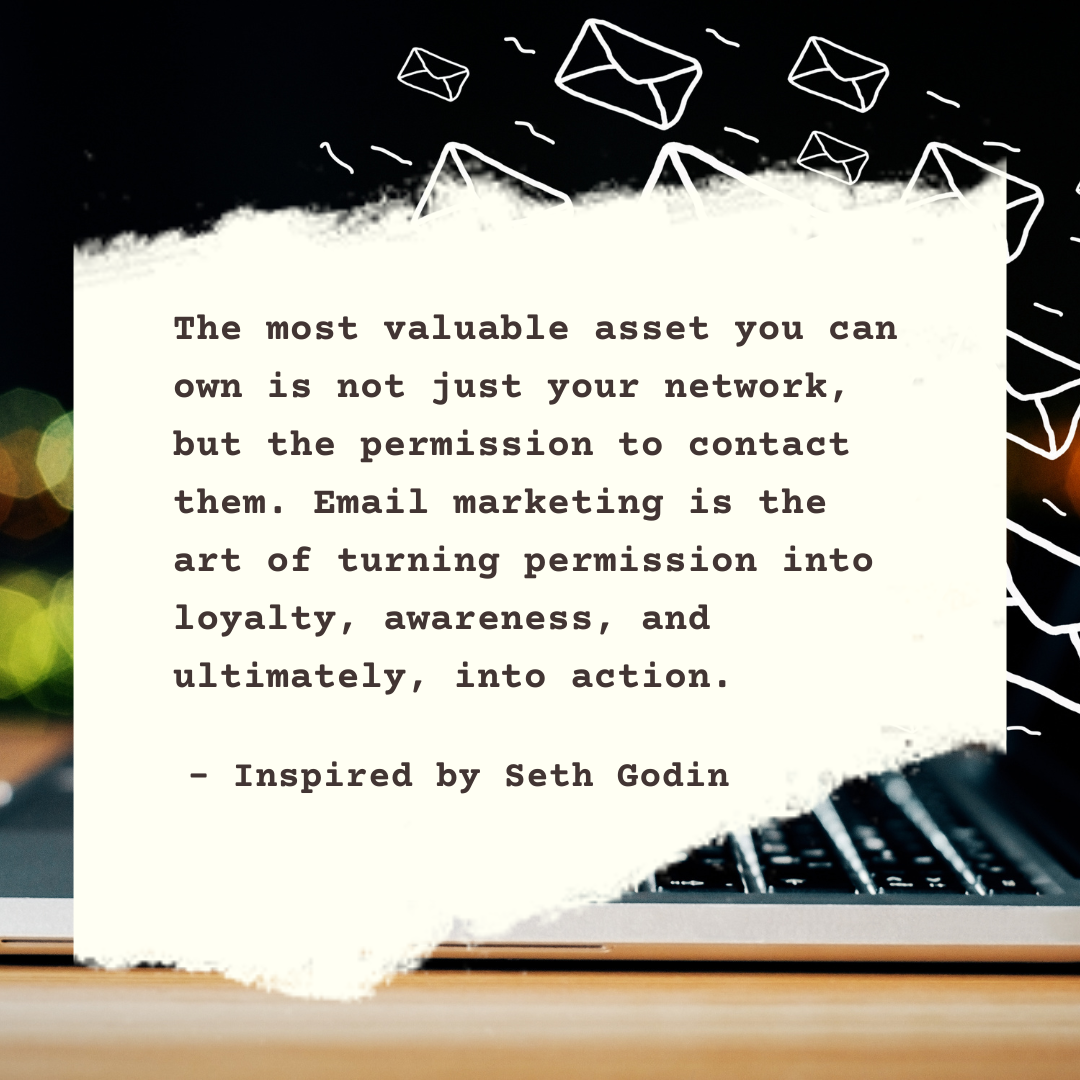
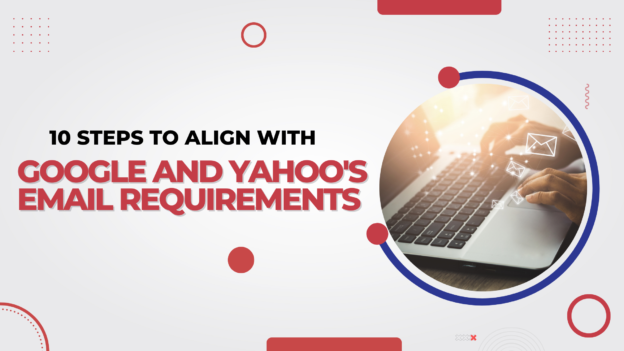



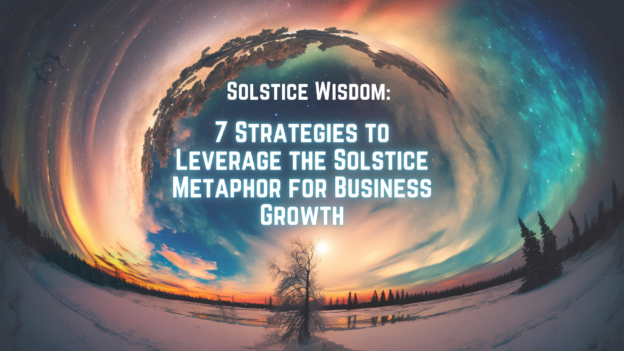

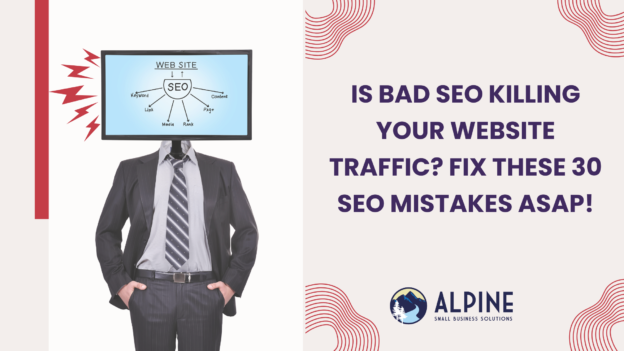








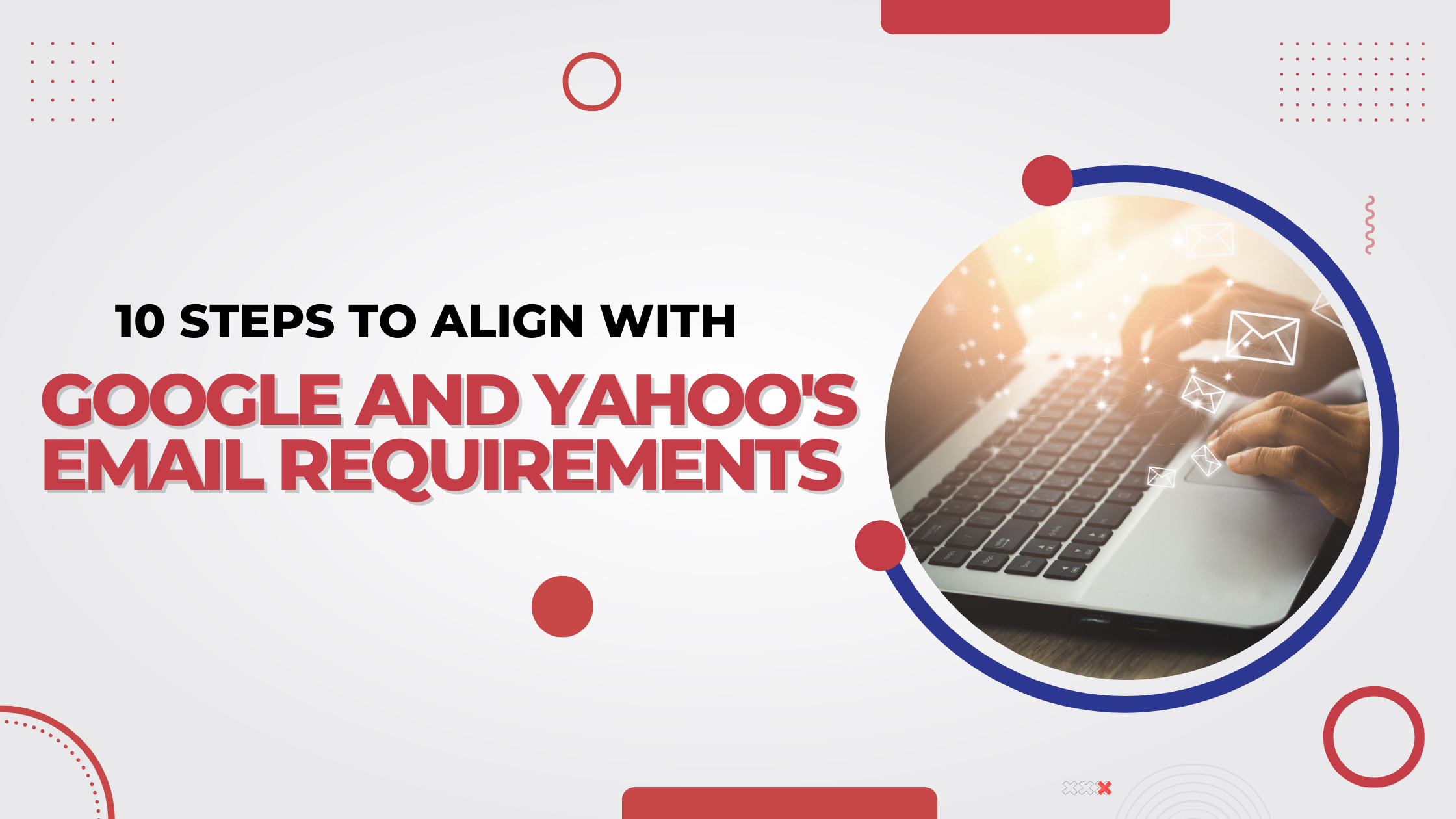
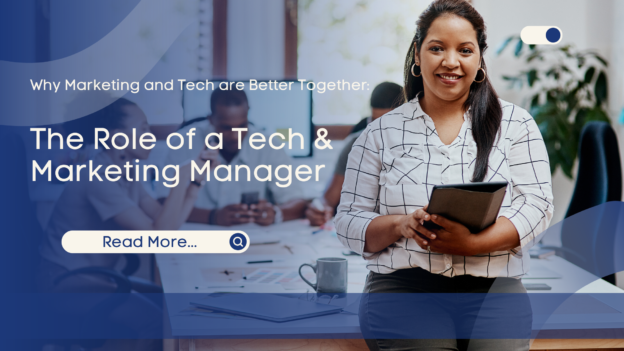
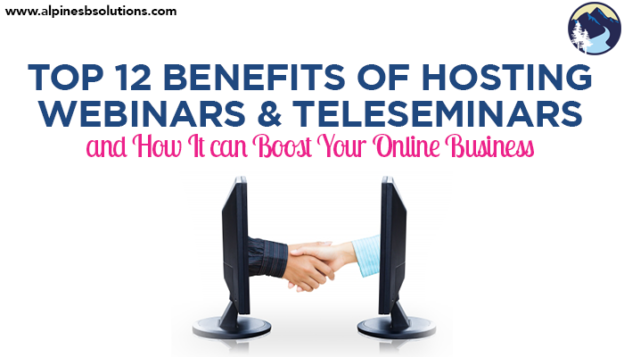
 Teleseminars came first as a way to share information between parties that are not in the same physical location. Teleseminars are fully audio based learning, with the audience listening in through a telephone or computer. Webinars, on the other hand, use audio and visual learning with the listening in through a computer. Each medium offers its own advantages and disadvantages.
Teleseminars came first as a way to share information between parties that are not in the same physical location. Teleseminars are fully audio based learning, with the audience listening in through a telephone or computer. Webinars, on the other hand, use audio and visual learning with the listening in through a computer. Each medium offers its own advantages and disadvantages. A large potential audience. Traditional seminars can cost more money to attend, plus require travel hassles and costs. This can keep individuals from attending. A webinar or teleseminar can be attended from the comfort of a home, making your potential consumer base significantly larger.
A large potential audience. Traditional seminars can cost more money to attend, plus require travel hassles and costs. This can keep individuals from attending. A webinar or teleseminar can be attended from the comfort of a home, making your potential consumer base significantly larger. Would I benefit from audience engagement/feedback in the presentation? Webinars offer tools, such as polls and chat rooms, to gain instant
Would I benefit from audience engagement/feedback in the presentation? Webinars offer tools, such as polls and chat rooms, to gain instant 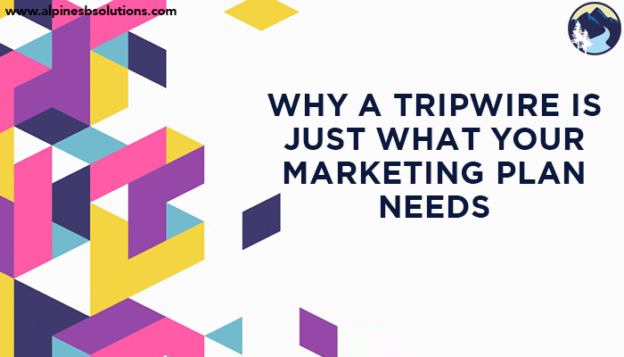
 Tripwires utilize the persuasion principle of consistency. People have a need to rationalize their behavior as consistent, whether they are aware of its impact on their decisions or not. After they agree to a small request, they become more likely to agree to a similar but larger request. They start to feel safe with your company and products. It’s why you may find yourself picking your friend up from the airport a few weeks after you agreed to pick him up for a social outing. As long as the second larger request is similar in nature to the first smaller request, it’s likely individuals will comply.
Tripwires utilize the persuasion principle of consistency. People have a need to rationalize their behavior as consistent, whether they are aware of its impact on their decisions or not. After they agree to a small request, they become more likely to agree to a similar but larger request. They start to feel safe with your company and products. It’s why you may find yourself picking your friend up from the airport a few weeks after you agreed to pick him up for a social outing. As long as the second larger request is similar in nature to the first smaller request, it’s likely individuals will comply. A tripwire also needs to be low risk. It’s great if a
A tripwire also needs to be low risk. It’s great if a  Whichever way you choose the important piece is to follow up. You have a hot buyer…check in when him. Certain tripwires are set up well for an immediate pitch (while you’re buying this dog teeth cleaning, get your dog groomed and covered with flea and tick prevention at the same visit). Others work better as a follow-up (now that you’ve completed our first course, sign-up for the entire program). Find what meets your sale best.
Whichever way you choose the important piece is to follow up. You have a hot buyer…check in when him. Certain tripwires are set up well for an immediate pitch (while you’re buying this dog teeth cleaning, get your dog groomed and covered with flea and tick prevention at the same visit). Others work better as a follow-up (now that you’ve completed our first course, sign-up for the entire program). Find what meets your sale best.
 A sales funnel is an analogy used to explain how the sales process works. It serves as a visual representation of how an individual moves from knowing nothing about your organization to becoming a loyal customer and hopefully brand evangelist for you. The mindset of a sales funnel views sales as a proactive process of making customers (as opposed to the more passive process of finding customers). The underlying goal of the sales funnel is to convert those who are unaware of your organization to happy customers by finding as many
A sales funnel is an analogy used to explain how the sales process works. It serves as a visual representation of how an individual moves from knowing nothing about your organization to becoming a loyal customer and hopefully brand evangelist for you. The mindset of a sales funnel views sales as a proactive process of making customers (as opposed to the more passive process of finding customers). The underlying goal of the sales funnel is to convert those who are unaware of your organization to happy customers by finding as many  become a customer. In situations where contracts need to be renewed or purchases made again, the customer will enter a re-evaluation phase. In some respects, they become a prospect again since they can now evaluate their other options.
become a customer. In situations where contracts need to be renewed or purchases made again, the customer will enter a re-evaluation phase. In some respects, they become a prospect again since they can now evaluate their other options.  number of individuals at each stage, the percent of customers made from leads, and the average time it takes to move a customer down the funnel. Gathering these metrics provides you with a more holistic method of comparison to gauge successful sales efforts than just sales completed. After enough time using the sales funnel, you’ll be able to see a baseline of what you can expect from your sales team. Deviations from this baseline will show you what works well or what needs to be improved in your sales strategy.
number of individuals at each stage, the percent of customers made from leads, and the average time it takes to move a customer down the funnel. Gathering these metrics provides you with a more holistic method of comparison to gauge successful sales efforts than just sales completed. After enough time using the sales funnel, you’ll be able to see a baseline of what you can expect from your sales team. Deviations from this baseline will show you what works well or what needs to be improved in your sales strategy. the numbers will always be high at every phase. The reality, however, is that the numbers fluctuate often. Using a sales funnel highlights areas that should be targeted to get the numbers to where they need to be for effective customer recruitment. If you see you’re lacking leads, you can put more resources into lead generation. If you see you have enough leads but not enough are becoming prospects or committed, you can put more resources into bettering your pitch. If you see enough customers aren’t returning when contracts need to be renewed, you can put more resources into customer service.
the numbers will always be high at every phase. The reality, however, is that the numbers fluctuate often. Using a sales funnel highlights areas that should be targeted to get the numbers to where they need to be for effective customer recruitment. If you see you’re lacking leads, you can put more resources into lead generation. If you see you have enough leads but not enough are becoming prospects or committed, you can put more resources into bettering your pitch. If you see enough customers aren’t returning when contracts need to be renewed, you can put more resources into customer service.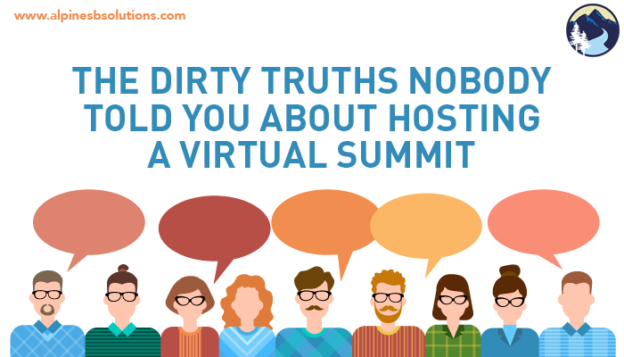
 This seems like a no-brainer but as a small business owner, it’s easy to put the equipment aside, forget about it and worry about all the other things on your to-do list. Then when push comes to shove, you set up last minute only to find out– %$#@! Technical difficulties! Please get your video, microphone, and programs all set-up well in advance and practice using them with friends and coworkers! That way if you come across any issues you can call over your techie friends to help you set it up and you’ll know how everything works before the big day comes. It is best to make sure you are super confident in the
This seems like a no-brainer but as a small business owner, it’s easy to put the equipment aside, forget about it and worry about all the other things on your to-do list. Then when push comes to shove, you set up last minute only to find out– %$#@! Technical difficulties! Please get your video, microphone, and programs all set-up well in advance and practice using them with friends and coworkers! That way if you come across any issues you can call over your techie friends to help you set it up and you’ll know how everything works before the big day comes. It is best to make sure you are super confident in the  Let’s face it, you’re not a jack of all trades, and you are definitely not a designer! Designing and digital marketing are really in-depth processes, and when they are done right, it is very successful! Leave this to the pros to help
Let’s face it, you’re not a jack of all trades, and you are definitely not a designer! Designing and digital marketing are really in-depth processes, and when they are done right, it is very successful! Leave this to the pros to help  Different States, Countries, and Time zones – Oh my! The number of guests you will be interviewing during your summit may be shocking. Four to Five speakers will not suffice. Expect to be interviewing around 25-30 people in your industry. Trying to
Different States, Countries, and Time zones – Oh my! The number of guests you will be interviewing during your summit may be shocking. Four to Five speakers will not suffice. Expect to be interviewing around 25-30 people in your industry. Trying to 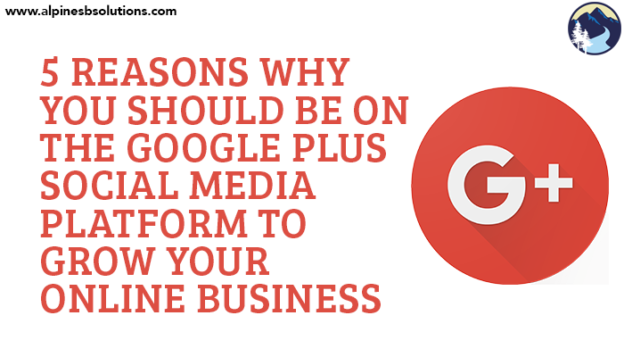
 While
While  Second, through the use of Google+ Circles (similar to friending someone or liking a page on Facebook). If an individual is logged into Google and they added you to their Google+ Circle, your content is more likely to show up in their search results.
Second, through the use of Google+ Circles (similar to friending someone or liking a page on Facebook). If an individual is logged into Google and they added you to their Google+ Circle, your content is more likely to show up in their search results. Another great
Another great